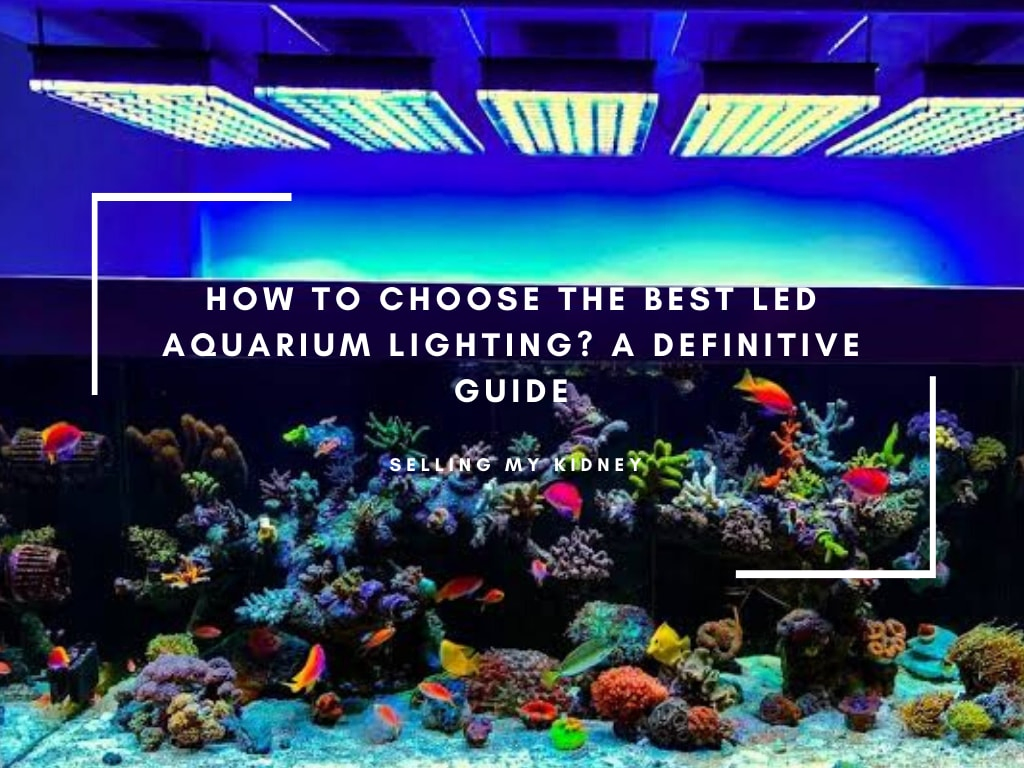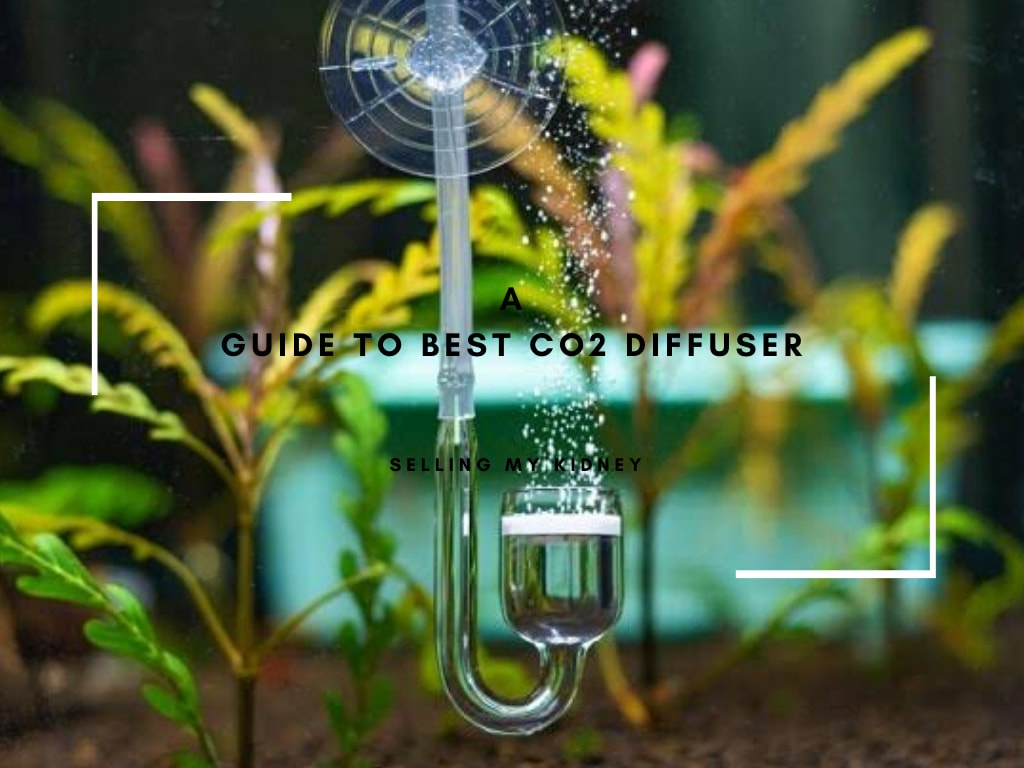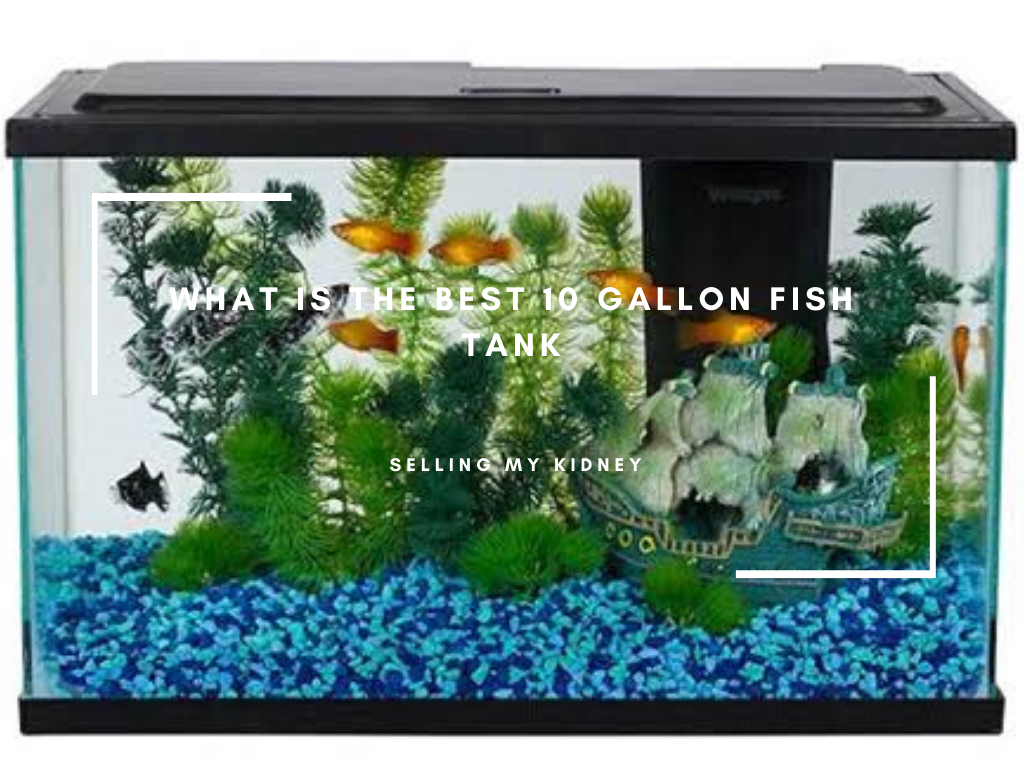External aquarium filters are an essential part of any fish tank.
They help keep the water clean and healthy for your aquatic friends while providing a beautiful aesthetic to your home or office space.
External aquarium filters draw dirty water from the bottom of the tank.
It also filters out the debris and other particles through various media such as activated carbon, ceramic rings, or sponges before returning it to the main body of water – cleaner than when it entered!
This process helps remove harmful toxins like ammonia which can be deadly to fish if left unchecked.
Additionally, external filtration systems often come with additional features that allow you to customize their performance depending on what type/size of the filter is being used (e.g., adjustable flow rate).
These devices provide great value for money since they require minimal maintenance yet offer maximum benefit. It makes them an ideal choice for anyone looking after an aquascape!
Overview Of External Aquarium Filters
External aquarium filters are an important part of keeping a healthy fish tank.
They help to keep the water clean and free from debris, bacteria, and other contaminants that can harm your fish.
External filters come in many different types, including:
- Hang-on back (HOB) filters;
- under gravel filters;
- powerhead/canister filters;
- wet/dry trickle filtration systems.
Each type has advantages and disadvantages, so it is important to research which will work best for you before making a purchase decision.
Hang-on back (HOB) filters
HOBs are easy to install but require frequent maintenance.
At the same time, under gravel systems provide good biological filtration with minimal effort on the owner’s part but may not be suitable for larger tanks or those containing live plants due to their limited flow rate capabilities.
Powerheads
Powerheads offer powerful mechanical filtering action and increased oxygenation levels within the tank.
In contrast, wet/dry trickles use multiple media layers such as activated carbon, ceramic rings & bio balls, and gravity-fed drip trays, allowing them greater capacity than most other external models available today!
Important facts about external aquarium filters include:
They should always be used alongside regular partial water changes to maintain optimal health conditions inside your tank environment. this helps reduce nitrate buildup over time too!
Additionally, these devices need periodic cleaning depending on how heavily stocked your particular setup might be.
Otherwise, performance could suffer significantly, leading to potentially hazardous consequences if left unchecked long enough.
How External Aquarium Filters Improve Water Quality?
External aquarium filters are a great way to improve water quality in your tank.
They help keep the water clean and clear while providing oxygen for fish and other aquatic life.
Here’s how they work:
External filters draw dirty or contaminated water inside the tank into an external canister.
It is filtered through various media, such as activated carbon, foam pads, and ceramic rings.
That removes debris like uneaten food particles and waste products produced by fish.
The filter then returns cleaner water into the aquarium with added oxygen that helps promote the healthy growth of beneficial bacteria colonies needed for biological filtration processes within tanks.
These bacteria break down harmful toxins released by decaying organic matter (such as ammonia) before returning them safely to nature!
Additionally, some models come equipped with UV sterilizers, which kill off any remaining pathogens to further protect against disease outbreaks among inhabitants.
That is making sure everyone stays safe & happy!
The Components And Mechanism Of External Aquarium Filters
External aquarium filters are an important part of any fish tank.
They help keep the water clean and healthy for your aquatic life and provide a more aesthetically pleasing environment.
The components of external aquarium filters include filter media (such as activated carbon or ceramic rings), impeller pumps, intake tubes/strainers, output nozzles, and hoses.
These parts work together to create a filtration system that removes debris from the water while also aerating it with oxygen-rich bubbles, which helps promote healthier living conditions for your fishy friends!
The mechanism behind these systems is quite simple:
When you turn on the pump motor inside the filter unit, it creates suction at both ends – one end draws in dirty water through its strainer tube into itself.
This then passes over various filtering materials, such as sponges or charcoal, before being pushed out again.
The push-out is conducted via another hose connected to an outlet nozzle near the surface.
So that air can be mixed into the solution creating those lovely bubbly effects we all love seeing our tanks filled with!
How To Maintain And Clean External Aquarium Filters?
Maintaining and cleaning external aquarium filters is essential for keeping your fish healthy.
Here are some tips to help you keep them in good condition:
- Clean the filter media regularly – this should be done every two weeks, depending on how heavily stocked your tank is.
- Check all hoses and connections for any blockages or leaks that could cause water loss from the system.
- Replace worn-out parts, such as impellers, seals, and gaskets, when necessary. These can wear down over time due to regular filter system use.
- Make sure there’s enough flow through each section of filtration media by adjusting valves accordingly – too much pressure will reduce efficiency. At the same time, not enough won’t allow adequate filtering capacity!
- Rinse off sponges/foam blocks with dechlorinated tap water before putting them back into place after a clean-up session (this helps remove debris).
It’s also important to remember that an external aquarium filter needs periodic maintenance, just like other equipment used in aquaria care.
Check it at least once monthly for signs of damage or clogging, which may require replacement parts if needed!
Finally, ensure you follow manufacturer instructions carefully when installing new components onto existing systems.
Incorrect installation can lead to poor performance and even catastrophic failure resulting in costly repairs later down the line.
Advantages And Disadvantages Of External Aquarium Filters Compared To Internal Filters
External aquarium filters have many advantages over internal ones.
They are more powerful, allowing for better filtration and water circulation.
They can be easily moved around the tank to provide different flow levels in various areas.
They also allow you to customize your filter media selection so that it is tailored specifically for your fish’s needs.
Additionally, external filters require less maintenance than their internal counterparts. since all parts are accessible from outside the tank – no need to take apart or disassemble anything!
On top of this, these types of filters tend to last longer due to being made with higher-quality materials and components.
However, there are some disadvantages associated with using an external filter as well:
- Cost – typically, these units will run a bit pricier than other options on the market.
- Noise – depending on what type/brand you get, some may produce louder sounds when running compared to others (especially if not properly installed).
- Size and space requirements – larger tanks often necessitate bigger models, which could take up too much room inside or near your setup area.
Although both kinds offer great benefits, ultimately, choosing between them comes down to personal preference based on individual circumstances, such as budget constraints vs. desired performance level.
In Conclusion: How Do External Aquarium Filters Work?
External aquarium filters are an essential part of any successful fish tank.
They help keep the water clean and healthy for your aquatic life while providing a more aesthetically pleasing environment.
External filters work by drawing in dirty water from the bottom of the tank through intake tubes, then passing it over filter media such as activated carbon or sponges, which trap debris and remove toxins before returning cleaner water back into the aquarium via outflow pipes.
This process helps maintain good-quality oxygen levels within your tank so all inhabitants can thrive!
External filtration is one of those things you don’t want to skimp on when setting up an aquarium.
Investing in a reliable model will pay off with healthier fish and fewer maintenance headaches down the road!




